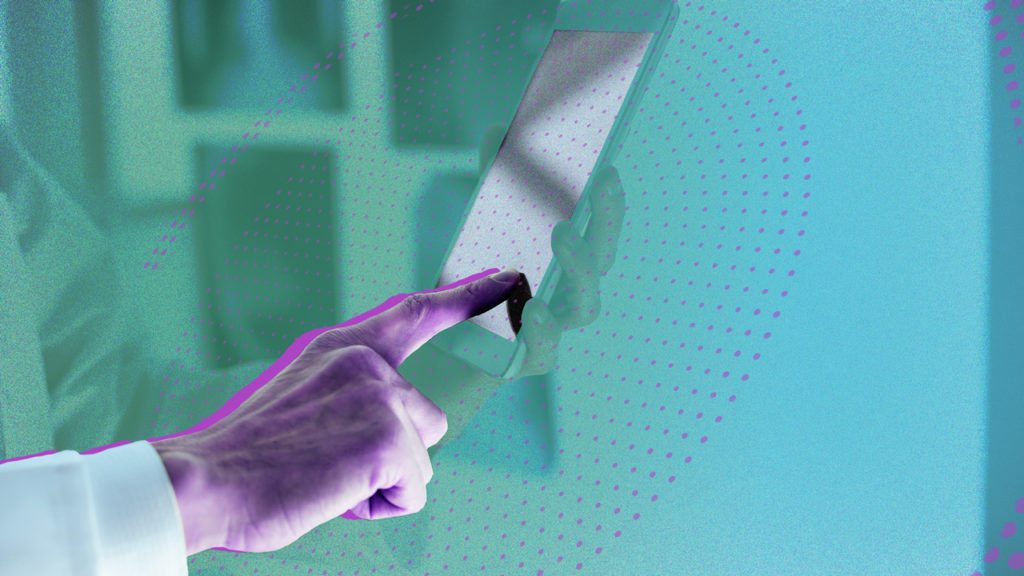Marketers see automation in a whole new light thanks to the demands of the past year. According to Bynder and OnBrand’s State of Branding Report, last year 23 percent of marketers said branding can’t be automated; this year just 1 percent of respondents said the same.
Bynder surveyed 1,600 global marketers and creative professionals to understand the implications of digital transformation during the pandemic. The ensuing report covers the challenges and priorities of marketers when it comes to digital experience initiatives as well as creative output and automation.
First up, 50 percent of respondents report they’ve accelerated digital transformation and digital experience initiatives in 2021. Twenty-four percent are already fully digital, but 18 percent say that digital initiatives slowed or ground to a halt this year.
The top impact of digital transformation for 59 percent of marketers was creating more digital content and creative output. For 58 percent, the top byproduct was implementing new digital experience technologies and for 55 percent it was investing in customer data and analytics.
With the volume of campaigns and content increasing by 41 percent from 2020 to 2021, respondents were forced to prioritize bite-size content and creativity even more than previously. Eighty-five percent of respondents reported an increase in demand for content in their company due to the pandemic and digital acceleration.
More than half (52 percent) plan to increase their technology budget to scale content creation and 48 percent plan to increase headcount to help address growing content demands.
For 80 percent of respondents, a digital asset management solution (DAM) is the answer to bolstering team performance. Yet, just 54 percent of companies consider DAM a critical part of their marketing technology stack.
Despite the surge in demand for content, 72 percent of marketers say they’re completely or very confident that they can continue to meet the demand. Nevertheless, for 25 percent keeping up with the creative and content requests is a big concern.
An even bigger 2021 marketing concern is reaching audiences on increasingly crowded digital channels. That’s why many plan to invest in tech and personalization, a tactic that’s considered one of the most effective ways of building consumer connections by 82 percent of marketers.
Still, 45 percent of respondents say that, “making sense of inaccurate and inconsistent data” is one of the three biggest time-wasters for their marketing team. For 52 percent, the solution to efficient data aggregation and analysis means plans to increase investment in tech.
Bynder notes that there is a mismatch between how the content crunch is viewed by chief marketing officers versus marketers in video, design and creative roles. For example, 79 percent of respondents in CMO or vice president roles compared to 62 percent of marketers in video, design and creative roles report feeling “completely confident” in their company’s ability to meet 2021’s creative content needs.
Enter: tech and automation. Eighty-nine percent of respondents believe technology will help support their marketing department’s creative efforts. Nearly all (96 percent) of consumer goods brands say tech will help their creativity, more than any other sector.
Additionally, over half of respondents say automation will either increase efficiency, free up time for brand teammates to focus on more important tasks and/or improve brand consistency for their company.
According to Bynder, for the second year in a row, marketers deem creating content more efficiently as the best use of automation. Overall, automation will increase the efficiency of marketers’ efforts, as noted by 55 percent of respondents.
Bynder’s findings are based on responses from 1,600 marketing and creative respondents —from the US, the UK, Germany, France and the Netherlands—who were interviewed during January, February, and March 2021.

